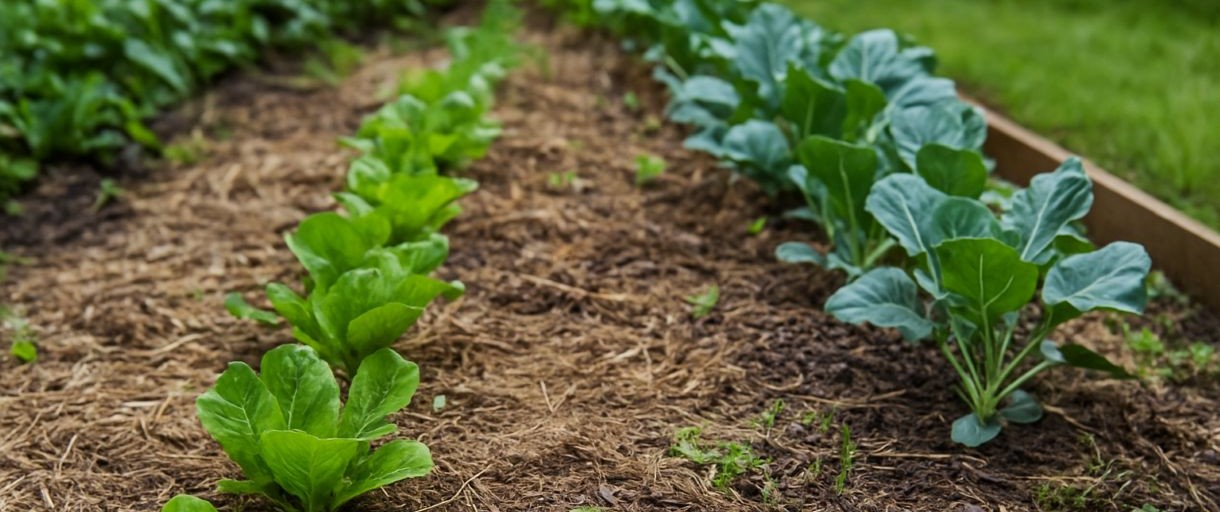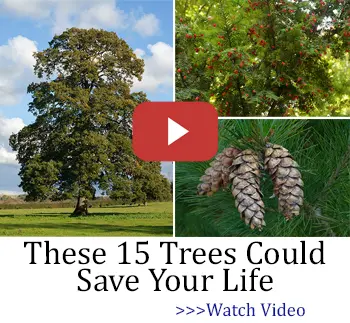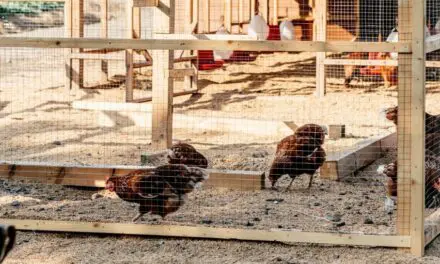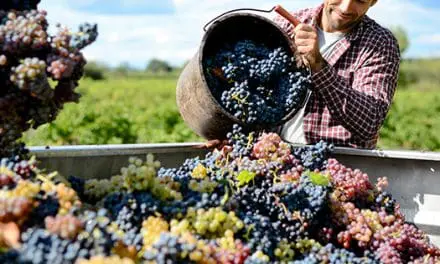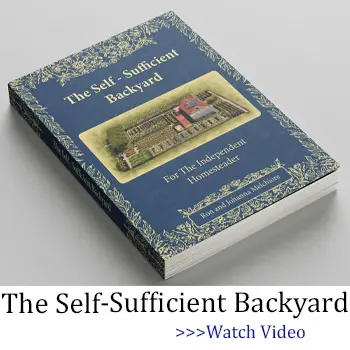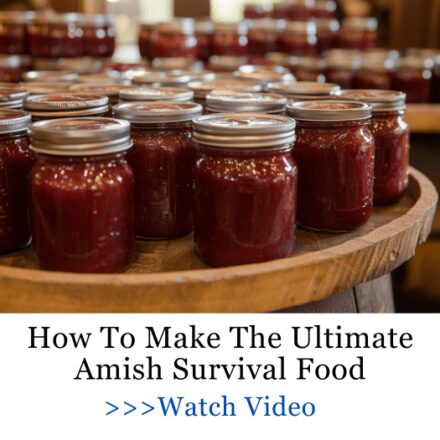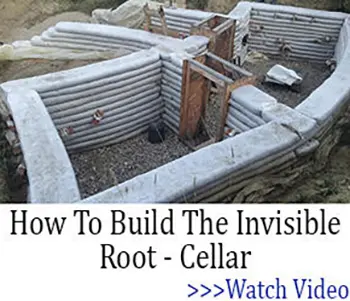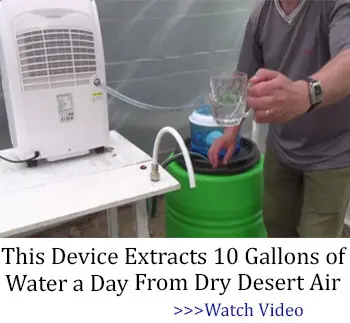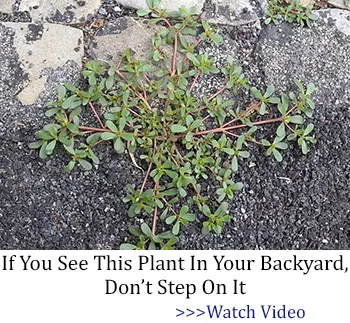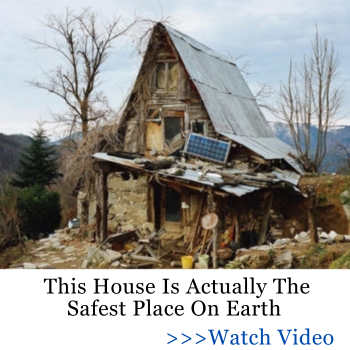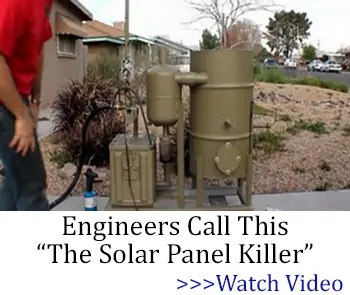In a world that constantly urges us to work harder, dig deeper, and push faster, there’s something quietly radical about stepping back and letting the earth lead. No-till gardening isn’t just a technique—it’s a mindset. A whisper from the soil that says: “I’ve got this, if you let me.”
For generations, we were taught that tilling the ground was the first step toward growth. But what if that very act—the churning, the breaking, the exposing—was doing more harm than good? What if the key to healthier plants, richer soil, and a more resilient garden was to do… less?
If you’ve ever felt exhausted by constant digging, frustrated by disappearing nutrients, or simply curious about a gentler, more natural way to grow, this guide is for you. Let’s step into the world of no-till gardening—and rediscover what it means to truly partner with the land.
🌿 What Is No‑Till Gardening?
No‑till gardening is a method where you grow your food without digging or turning the soil. At first glance, it might seem counterintuitive—aren’t we supposed to till to make things grow? But nature never tills. In forests and meadows, leaves fall, plants die, and organic matter gently decomposes on the surface, feeding the soil without disturbing it. No‑till mimics that rhythm.
Instead of breaking ground, you build layers on top—compost, mulch, and organic material that protect and nourish the soil below. Over time, earthworms and microbes naturally incorporate nutrients into the earth, improving its structure and fertility. The surface stays covered, the life beneath thrives, and your plants enjoy a more stable environment.
This method isn’t just about convenience—it’s a way of gardening that respects the invisible life beneath our feet. When you stop tilling, you stop destroying fungal networks, insect habitats, and moisture reserves. No‑till is slow gardening. Thoughtful gardening. And in a world that always wants us to do more, faster, this method quietly says: Let the earth do its work.
🌞 Advantages of No‑Till Gardening
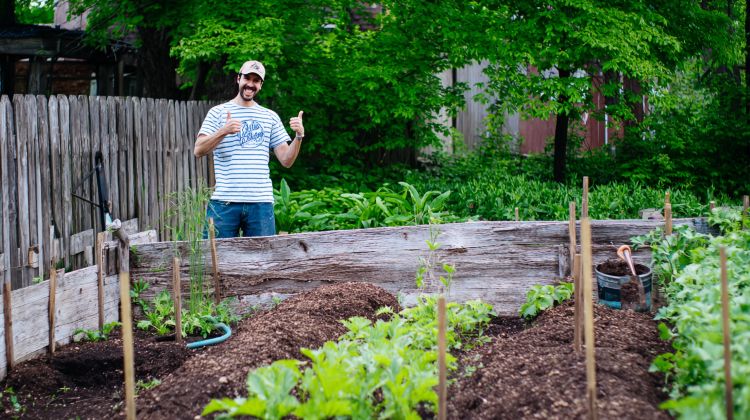 One of the most beautiful benefits of no‑till gardening is soil health. Tilling disrupts mycorrhizal fungi—those microscopic threads that help plants absorb nutrients and communicate with one another. By preserving these networks, your garden becomes a cooperative ecosystem rather than a battlefield of competing roots.
One of the most beautiful benefits of no‑till gardening is soil health. Tilling disrupts mycorrhizal fungi—those microscopic threads that help plants absorb nutrients and communicate with one another. By preserving these networks, your garden becomes a cooperative ecosystem rather than a battlefield of competing roots.
Water retention also dramatically improves. Tilled soil is exposed and dries out quickly under sun and wind. No‑till gardens, by contrast, are insulated by layers of mulch and compost that lock in moisture. That means less watering for you and stronger, more resilient plants—especially in drought conditions.
And if you’ve ever battled weeds, you’ll appreciate this: no‑till gardening chokes them out. Thick layers of mulch block sunlight and prevent weed seeds from germinating. Over time, you’ll spend less energy pulling unwanted invaders and more time harvesting your crops.
But perhaps the biggest advantage is energy conservation—yours and nature’s. When you stop disturbing the soil, you stop exhausting yourself. You let the ecosystem take over. What you get in return is less work, more abundance, and a garden that feels like it’s working with you, not against you.
⚠️ Disadvantages to Consider
 No method is perfect—and no‑till gardening comes with tradeoffs. One common concern is the slow soil warming in spring. Because the ground is covered in mulch, it warms up more slowly, delaying early planting for heat-loving crops. This isn’t a dealbreaker, but it requires adjustment and perhaps some crop planning.
No method is perfect—and no‑till gardening comes with tradeoffs. One common concern is the slow soil warming in spring. Because the ground is covered in mulch, it warms up more slowly, delaying early planting for heat-loving crops. This isn’t a dealbreaker, but it requires adjustment and perhaps some crop planning.
Another challenge is pest habitat. Slugs, snails, and earwigs love hiding under mulch, especially if it’s moist and thick. This means you may need to keep a closer eye on your young seedlings and implement natural pest control methods—like copper barriers, diatomaceous earth, or manual removal.
There’s also the matter of ongoing maintenance. While you skip tilling, you don’t skip work entirely. Your mulch needs replenishing as it decomposes, and you must monitor the balance of browns and greens. If you neglect it, your no‑till bed can become compacted or nutrient-poor over time.
Finally, if you’re used to traditional gardening, the mindset shift can feel frustrating. The results of no‑till often appear over seasons, not weeks. Patience is key—and so is trust. You must believe in the unseen magic happening beneath your feet, even when it doesn’t look like much on the surface.
🔧 No‑Till Gardening Techniques
Sheet mulching is the simplest way to start. Lay down layers of cardboard or newspaper directly over grass or old beds, then add compost, straw, wood chips, or leaves on top. This method suppresses weeds, feeds soil organisms, and starts the decomposition process without lifting a shovel.
Lasagna gardening is a variation where you alternate nitrogen-rich (“green”) and carbon-rich (“brown”) layers—think kitchen scraps followed by dry leaves, then compost, then straw. Over time, these layers break down into a soft, fertile bed your plants will love. It’s like building a compost pile that grows vegetables.
Direct seeding into mulch is also possible with the right technique. You gently pull back mulch to expose a pocket of compost or loose soil, drop in your seed, and wait. Once the plant emerges, you tuck the mulch back around it like a protective blanket. No digging. No disturbance. Just growth.
Some gardeners also try chop-and-drop mulching—cutting back existing plants (like cover crops or herbs) and leaving them where they fall. This returns nutrients to the soil and builds biomass naturally. Over time, your garden becomes self-feeding—requiring little outside input.
🛠️ Useful Tools
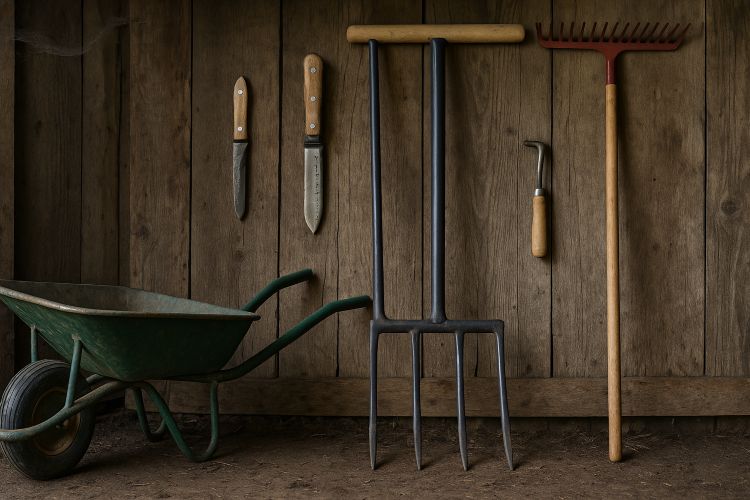 No‑till doesn’t mean no tools—it just means gentler tools. A good soil knife or Hori-Hori blade helps you plant without tearing up the ground. With its sharp edge and depth markings, it’s ideal for tucking seeds into compost or slicing through roots with precision.
No‑till doesn’t mean no tools—it just means gentler tools. A good soil knife or Hori-Hori blade helps you plant without tearing up the ground. With its sharp edge and depth markings, it’s ideal for tucking seeds into compost or slicing through roots with precision.
A broadfork is another no‑till favorite. It loosens soil deeply without turning it, allowing air and water to penetrate. It’s especially useful for new no‑till beds where compaction is still an issue. Unlike a rototiller, it keeps soil layers intact while aerating the earth.
Wheelbarrows and pitchforks help you haul mulch, compost, straw, and other organic matter. Since no‑till relies on layering and covering, you’ll be moving these materials regularly. Keeping the right tools on hand saves you time and strain on your body.
Other helpful tools include hand weeders, garden forks, and mulch rakes. The key is to disturb the surface as little as possible while keeping it fed, covered, and structured. Think finesse, not force. Your garden will reward your gentler touch.
Alternatives When No‑Till Isn’t an Option
If your soil is heavily compacted or contaminated, or if you live in a cold climate where mulch takes forever to break down, no‑till might not be feasible—at least not right away. That’s okay. Start where you are.
One alternative is straw bale gardening—a great option if you have poor soil or limited space. Bales act as raised beds and naturally break down over time. You can plant directly into conditioned straw, skip the soil entirely, and still grow strong crops.
Another method is container gardening. Grow food in pots, raised beds, or grow bags with fresh soil mixes. This gives you more control over your growing medium and is especially useful in urban settings or on patios.
If you absolutely must till, consider double-digging just once, then immediately transition to no‑till. Loosen the soil with care, build your layers, and from then on—never dig again. Let that be your last disruption. From there, no‑till can take root.
📘 Let The Self-Sufficient Backyard Be Your Guide
If this resonates with you—if you’re tired of chemicals, exhausted by endless digging, and yearning for a simpler, wiser way to grow—then it’s time to go deeper.
The Self-Sufficient Backyard isn’t just a book. It’s a blueprint for reclaiming control—of your food, your land, and your future. Inside, you’ll find no-till gardening plans, low-tech homestead systems, and time-tested methods for living lightly and abundantly, just as our grandparents did.
Whether you’re tending a small patch or transforming your entire yard, this guide offers step-by-step instructions, illustrated techniques, and real-life case studies from off-grid living experts who walk the talk. From compost to chicken coops, solar power to medicinal herbs—it’s all here.
🛠️ Ready to garden like the earth intended? Learn how to build a self-sufficient life from the soil up.
👉 Get The Self-Sufficient Backyard now and reclaim your freedom—one layer, one harvest, one quiet victory at a time.
🌻 Final Thoughts
No‑till gardening isn’t flashy. It’s not fast. But it is deeply powerful. It’s a humble act of cooperation with the land—an invitation to slow down, observe, and trust that nature already knows what it’s doing.
It teaches you patience. It teaches you faith. And in time, it gives you something most gardening methods don’t: regeneration. Your soil gets richer. Your workload gets lighter. Your plants get stronger.
So take a breath. Lay down that mulch. Plant a seed, and don’t look back. The earth is ready to rise—if we let it.
If You See This Plant in Your Backyard, Burn It Immediately! (Video)
Gardening Myths That Are Actually True
Avoid These 7 Common Greenhouse Gardening Mistakes

